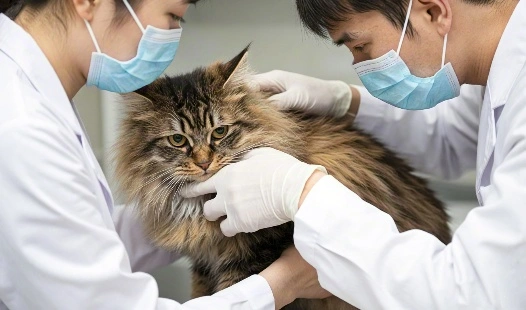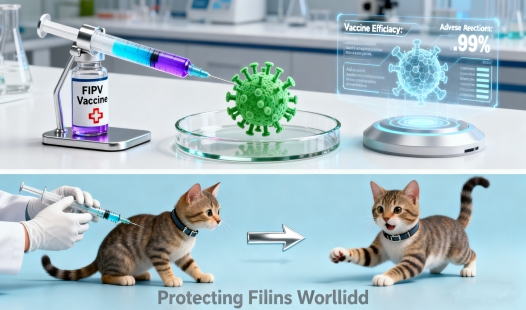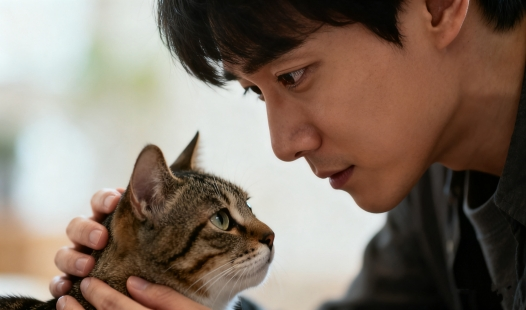How do you calculate the correct GS 441524 dosage for your cat?
Weight-based dosing guidelines for GS-441524
Successful treatment of Feline Infectious Peritonitis (FIP) requires precise and well-monitored calculation of the appropriate GS 441524 FIP dose for each individual cat. Because every cat differs in weight, age, and overall health status, dosage adjustments are essential to ensure both safety and therapeutic effectiveness. This guide provides a detailed overview of dosage determination methods, including how to calculate the correct amount based on body weight and how to modify it for various forms of FIP, such as wet, dry, and neurological cases. It also highlights common mistakes cat owners and caregivers should avoid—such as underdosing, skipping doses, or stopping treatment too early—which can lead to relapse or drug resistance. By carefully following these dosage guidelines and consulting with a qualified veterinarian, you can help your feline companion receive the most effective and compassionate care possible throughout their recovery journey.
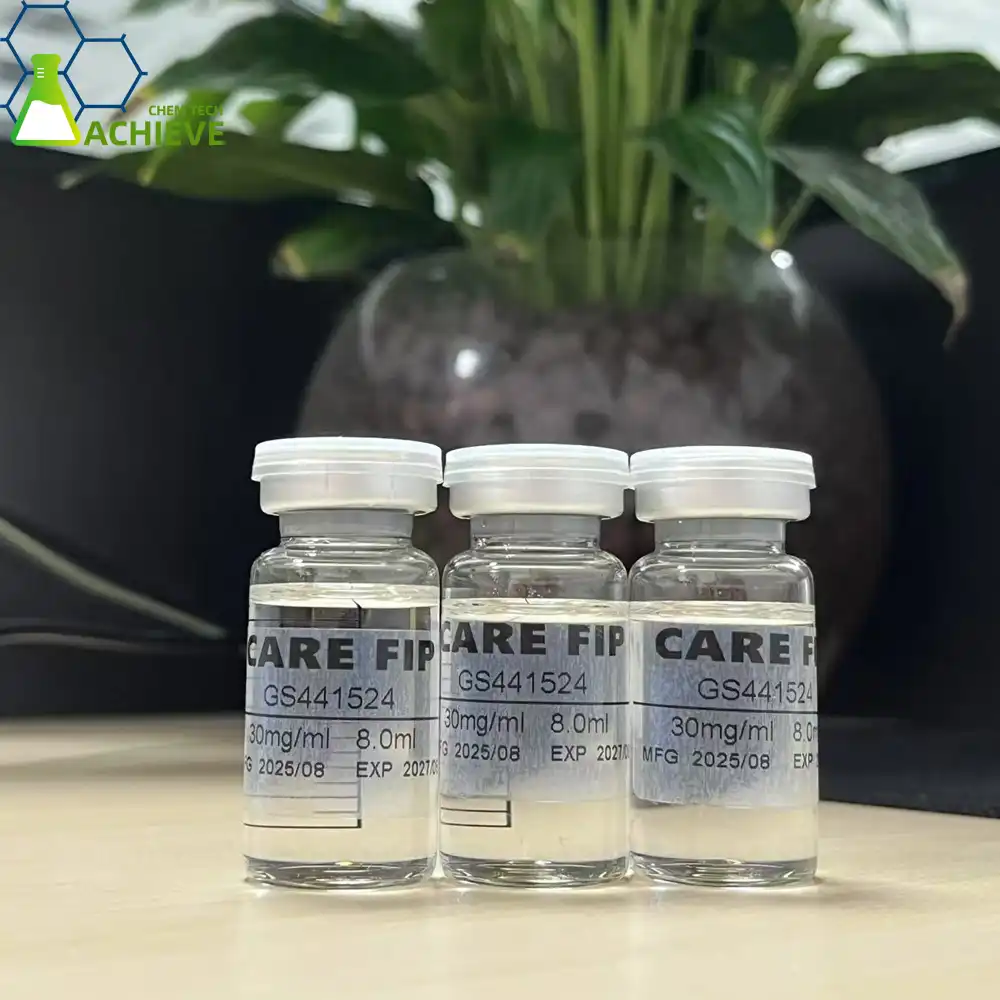

Weight-based dosing guidelines for GS-441524
The foundation of determining the appropriate GS-441524 dosage for your cat lies in weight-based calculations. This method ensures that each cat receives a tailored amount of the medication based on their individual size.
Standard dosing formula
The standard dosing formula for GS 441524 is typically 4-6 mg per kilogram of body weight, administered once daily. This range allows for some flexibility depending on the severity of the condition and the cat's response to treatment.
Calculating your cat's dose
To calculate your cat's specific dose:
- Weigh your cat accurately in kilograms
- Multiply the cat's weight by the recommended dosage (4-6 mg/kg)
- Round to the nearest whole number for practical administration
For example, if your cat weighs 4 kg and you're using a 5 mg/kg dose:
4 kg x 5 mg/kg = 20 mg daily dose
Importance of precise measurements
Accurate weighing and dosing are essential for effective treatment. Even small discrepancies can impact the medication's efficacy. Use a reliable digital scale for weighing your cat and precise measuring tools for the medication.
Adjusting dosage for different FIP forms
FIP can manifest in various forms, each potentially requiring different dosing strategies. Understanding these variations is crucial for optimizing treatment outcomes.
Wet FIP dosing
Cats with wet FIP often start at the lower end of the dosing range, typically 4-5 mg/kg. This form of FIP tends to respond more rapidly to treatment, allowing for a more conservative initial approach.
01
Dry FIP dosing
Dry FIP cases may require higher initial doses, often starting at 5-6 mg/kg. The less fluid nature of this form can make it more challenging to treat, necessitating a more aggressive dosing strategy.
02
Neurological FIP considerations
For cats with neurological symptoms, higher doses are often recommended, potentially starting at 8-10 mg/kg. The blood-brain barrier presents an additional challenge, requiring increased medication levels to achieve therapeutic effects in the central nervous system.
03
Ocular FIP adjustments
Ocular involvement in FIP may also warrant higher doses, similar to neurological cases. The goal is to ensure sufficient medication reaches the affected ocular tissues.
04
Common dosing mistakes to avoid
While calculating and administering GS 441524, several common mistakes can occur. Being aware of these potential pitfalls can help ensure more effective treatment for your cat.
Underdosing
One of the most frequent errors is underdosing, often resulting from:
- Inaccurate weight measurements
- Misunderstanding the dosing guidelines
- Fear of side effects
Underdosing can lead to inadequate treatment, potentially allowing the virus to develop resistance. Always adhere to the recommended dosage range unless advised otherwise by a veterinary professional.
Inconsistent administration
Consistency in administering GS-441524 is crucial for maintaining therapeutic levels in the cat's system. Skipping doses or varying administration times can compromise treatment efficacy. Establish a regular schedule and stick to it as closely as possible.
Failure to adjust for weight changes
Cats undergoing treatment may experience significant weight changes, particularly weight gain as their health improves. Regularly reassess your cat's weight and adjust the dosage accordingly to maintain the correct mg/kg ratio.
Ignoring individual response
Each cat may respond differently to GS-441524 treatment. While adhering to general guidelines is important, it's equally crucial to monitor your cat's individual response and consult with your veterinarian about potential dosage adjustments based on clinical improvement or lack thereof.
Conclusion
Calculating the correct GS-441524 dosage for your cat requires careful consideration of weight, FIP form, and individual response to treatment. By following weight-based dosing guidelines, adjusting for specific FIP manifestations, and avoiding common mistakes, you can optimize your cat's treatment regimen. Remember, GS-441524 treatment should always be conducted under veterinary supervision to ensure safety and efficacy.
Regular monitoring, accurate measurements, and consistent administration are key to successful treatment outcomes. As research in this area continues to evolve, staying informed about the latest GS-441524 price trends and dosing recommendations can help you make the best decisions for your feline companion's health.

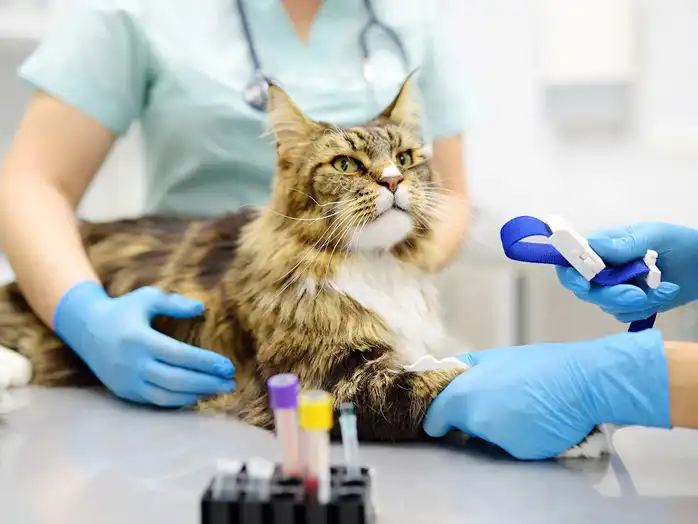
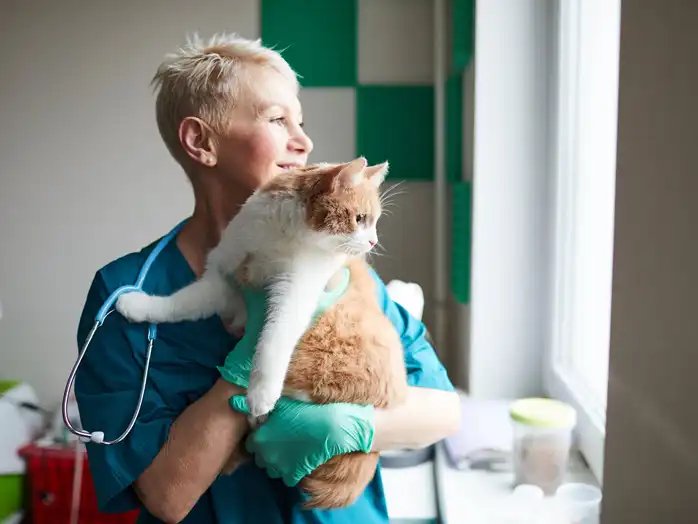
FAQ
1. Can the GS-441524 dosage be adjusted during treatment?
Yes, the dosage may be adjusted based on the cat's response to treatment, weight changes, or if new symptoms develop. Always consult with your veterinarian before making any changes to the dosing regimen.
2. How long does a typical course of GS-441524 treatment last?
A standard course of treatment typically lasts 12 weeks. However, some cases may require longer treatment periods, especially for more severe or complicated FIP cases.
3. Are there any side effects associated with GS-441524 treatment?
While generally well-tolerated, some cats may experience mild side effects such as temporary gastrointestinal upset or injection site reactions. Severe side effects are rare but should be reported to your veterinarian immediately.
Partner with BLOOM TECH for Premium GS-441524 Supply
You can trust BLOOM TECH, an established and reputable supplier, to provide you with high-quality GS-441524 for your feline patients. Veterinarians and animal health distributors may trust in us as a reliable partner due to our dedication to quality, low GS-441524 prices, and extensive assistance.
Every batch of GS-441524 is guaranteed to be consistently pure and potent because to BLOOM TECH's ten years of expertise in organic synthesis and pharmaceutical intermediates. You may be certain that the goods you get will be of the highest quality since our manufacturing facilities are GMP-certified and we use stringent quality control techniques.
Don't compromise on quality when it comes to FIP treatment. Choose BLOOM TECH as your trusted GS-441524 supplier. Contact us today at Sales@bloomtechz.com to discuss your GS-441524 supply needs and how we can support your practice or distribution network.
References
1. Pedersen, N.C., et al. (2019). Efficacy and safety of the nucleoside analog GS-441524 for treatment of cats with naturally occurring feline infectious peritonitis. Journal of Feline Medicine and Surgery, 21(4), 271-281.
2. Kim, Y., et al. (2020). Pharmacokinetics and efficacy of GS-441524 in cats with feline infectious peritonitis. Journal of Feline Medicine and Surgery, 22(8), 729-737.
3. Addie, D.D., et al. (2020). Feline infectious peritonitis. ABCD guidelines on prevention and management. Journal of Feline Medicine and Surgery, 22(11), 1028-1048.
4. Dickinson, P.J., et al. (2020). Antiviral treatment using the adenosine nucleoside analogue GS-441524 in cats with clinically diagnosed neurological feline infectious peritonitis. Journal of Veterinary Internal Medicine, 34(4), 1587-1593.

Echo
9 years of experience in chemical articles; Doctoral degree; Organic Chemistry major; R&D-4 Dept; Technology support; R&D engineer
Anticipating your Business & Technology support inquiry
Please send us the products that interest you, and we will provide you with one-on-one service
Recommended Blog
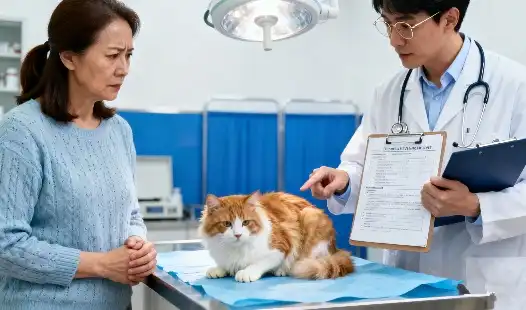
How to Communicate FIP Treatment Plans with Your Veterinarian?
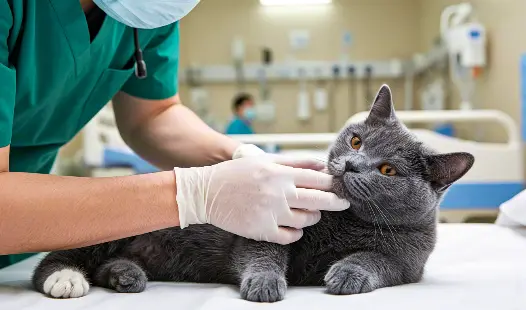
How to Create a GS-441524 Treatment Plan After an FIP Diagnosis?
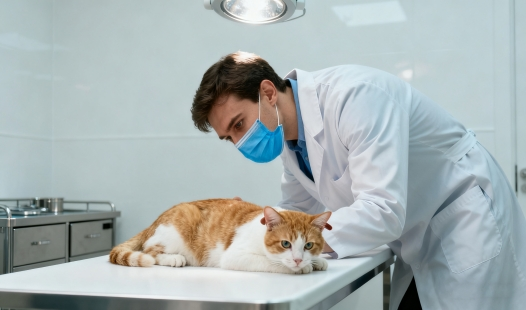
What is the recommended duration of GS 441524 treatment for FIP?
_副本_1761184166100.webp)
Understanding FIPV in Multi-Cat Households: Risks and Prevention


_副本_1759986970404.webp)


